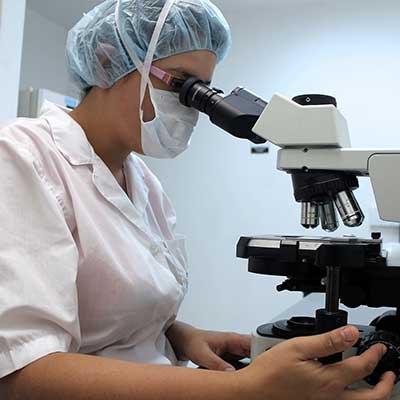Early Observations of Enzymes
Ancient Uses of Enzymes (Before the 17th Century)
Long before the scientific discovery of enzymes, humans unknowingly used them in food production.
- Fermentation – Ancient civilizations used yeast (which contains enzymes) to make bread, beer, and wine.
- Milk Coagulation – The enzyme rennin (found in animal stomachs) was used to make cheese.
- Food Preservation – Enzymes in fruits were used to tenderize meat.
Discovery of Biological Catalysis (17th – 18th Century)
- The first scientific clues about enzymes emerged when scientists studied fermentation.
- In 1600s, Dutch scientist Jan Baptista van Helmont observed that a “ferment” was responsible for turning starch into sugar.
- In 1783, Italian scientist Lazzaro Spallanzani suggested that digestive fluids contain active substances that break down food.
The 19th Century: Enzyme Research Begins
The Role of Enzymes in Digestion
- In 1833, French chemists Anselme Payen and Jean-François Persoz extracted diastase, the first enzyme ever discovered, which breaks down starch into sugar.
- In 1836, German scientist Theodor Schwann identified pepsin, an enzyme in the stomach that helps digest proteins.
- By the 1860s, scientists realized that enzymes were responsible for many chemical reactions in living cells.
Fermentation and Enzyme Action
- In 1857, Louis Pasteur discovered that yeast cells cause fermentation, proving that enzymes are linked to living organisms.
- He believed that fermentation was only possible in whole living cells, a theory known as “vitalism”.
The 20th Century: The Rise of Enzyme Science
Breaking the Vitalism Theory
- In 1897, German scientist Eduard Buchner disproved Pasteur’s theory by showing that yeast extracts (without living cells) could ferment sugar.
- This proved that enzymes work outside living cells and are simply biological catalysts.
Naming and Classification of Enzymes
- In the early 1900s, scientists started classifying enzymes based on their function.
- The suffix “-ase” was introduced (e.g., lipase breaks down fats, amylase breaks down starch).
- Enzymes were grouped based on the reactions they catalyse, such as proteases, carbohydrates, and oxidases.
Enzymes as Proteins.
- In 1926, American scientist James B. Sumner successfully crystallized the enzyme urease, proving that enzymes are proteins.
- His work earned him the Nobel Prize in Chemistry in 1946.
Enzyme Kinetics and Mechanisms.
- Scientists Leonor Michaelis and Maud Menten introduced the Michaelis-Menten equation in 1913, explaining how enzyme activity depends on substrate concentration.
- In the 1950s, detailed studies of enzyme structures began, leading to the discovery of how enzymes bind to substrates.
Modern Enzyme Research and Applications :
Advancements in Enzyme Engineering
- In the 1950s-1970s, researchers began using enzymes in industries like food processing, pharmaceuticals, and detergents.
- DNA polymerase, an enzyme crucial for genetic research, was discovered and later used in PCR (Polymerase Chain Reaction), revolutionizing biotechnology.
Enzymes in Medicine and Industry
- In the 1980s-1990s, genetic engineering allowed scientists to modify and mass-produce enzymes for industrial and medical use.
- Today, enzymes are used in gene therapy, drug development, and biofuel production.



